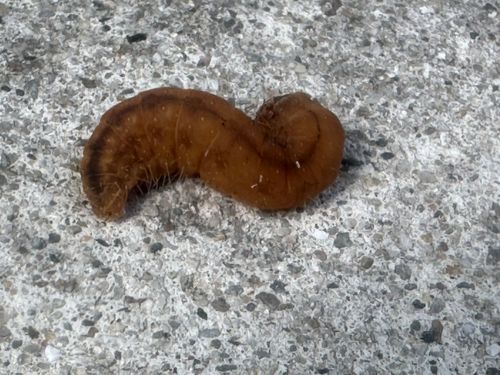Cutworm (larva)
Scientific Name: Agrotis spp., Noctua spp., or other genera within Noctuidae
Order & Family: Lepidoptera, Noctuidae
Size: Larvae typically range from 2.5 to 5 cm (1 to 2 inches) in length when fully grown.

Natural Habitat
Cutworms generally inhabit agricultural fields, gardens, lawns, and natural areas where host plants are abundant. They prefer moist soil conditions and are found worldwide.
Diet & Feeding
Cutworms primarily feed on young plant stems and leaves, especially favoring herbaceous plants, various vegetables (e.g., corn, beans, tomatoes, cabbage), and field crops. They often sever young plants at or just below the soil line, hence their name.
Behavior Patterns
Cutworms are nocturnal, feeding at night and hiding just below the soil surface or under debris during the day. When disturbed, they often curl into a C-shape. They overwinter as larvae or pupae in the soil and typically have one to several generations per year depending on the species and climate.
Risks & Benefits
Potential Risks: Cutworms are significant agricultural pests, causing considerable damage to young seedlings and transplants by severing stems, which can lead to reduced crop yields and economic losses for farmers and gardeners. Potential Benefits: In their adult moth stage, some species can act as pollinators for certain plants. They also serve as a food source for various insectivorous animals and birds.
Identified on: 8/30/2025